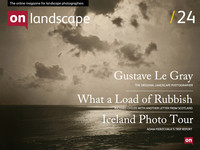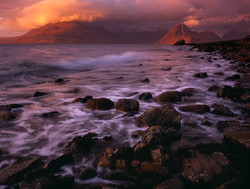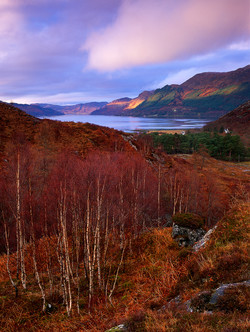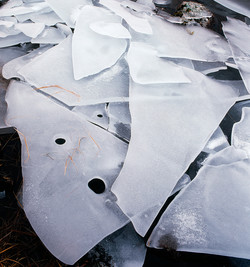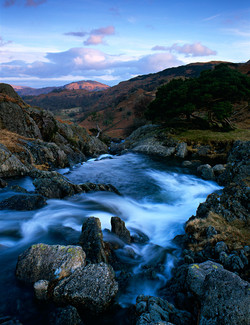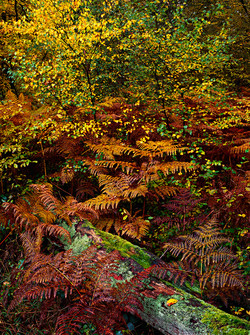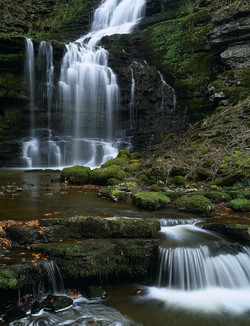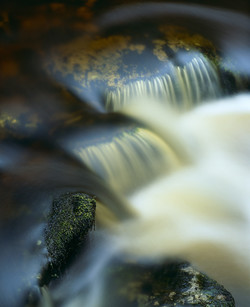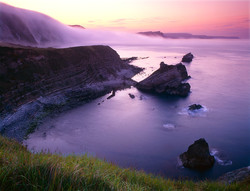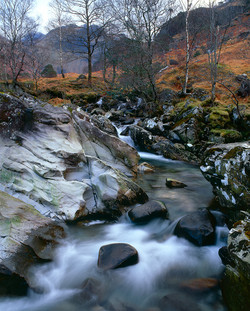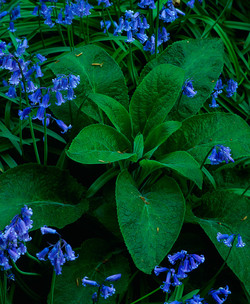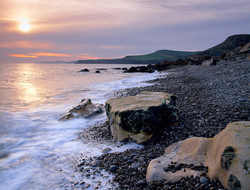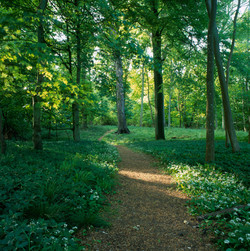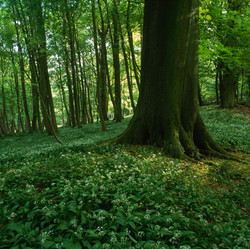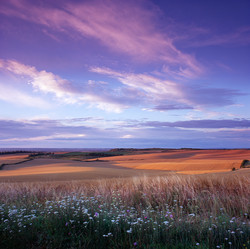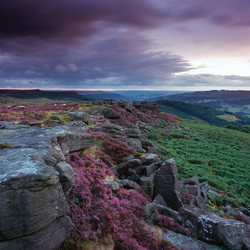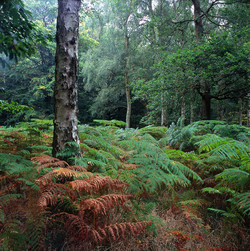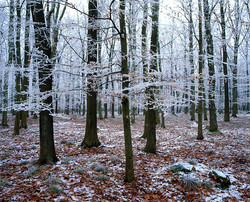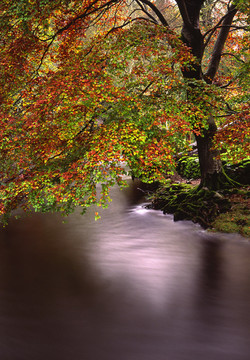Featured photographer

Tim Parkin
Amateur Photographer who plays with big cameras and film when in between digital photographs.
This week we're featuring Michael Paynton, a Hertfordshire based photographer who has been working backwards through the camera timeline, starting with a Fuji Digital and ending on with a Mamiya twin lens reflex.
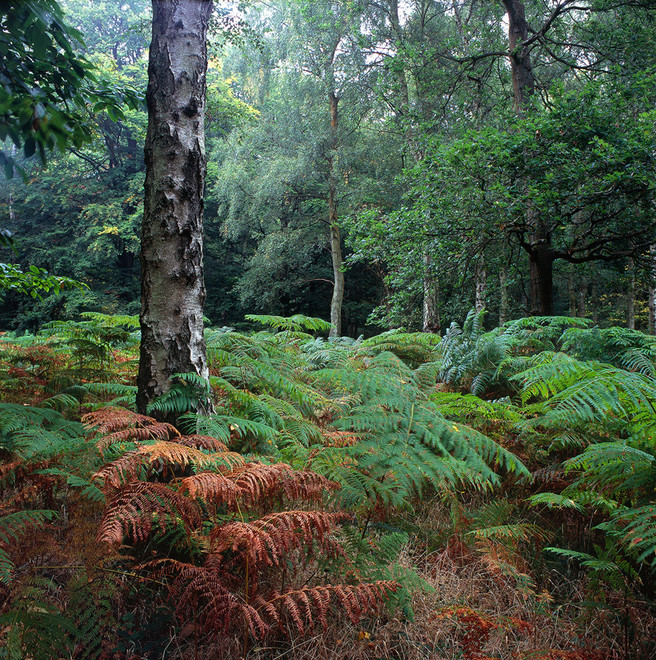 In most photographers lives there are 'epiphanic’ moments where things become clear, or new directions are formed. What were your two main moments and how did they change your photography?
In most photographers lives there are 'epiphanic’ moments where things become clear, or new directions are formed. What were your two main moments and how did they change your photography?
In my fledgeling days learning landscape photography, I used a Fuji digital "Bridge" camera but was never entirely satisfied with the results. I was discussing this with the staff of my local camera shop when one of them suggested that "perhaps you just don't like digital". I thought about his remark and decided to change tack and try a film camera.
A short while later I purchased a Minolta Dynax 7 with a standard 24-105mm lens and a couple of rolls of Velvia 50 and I haven't looked back! I think it was the tangible element of holding a transparency and being amazed by the colour fidelity and almost 3D feel when I first viewed those early efforts on my lightbox. That feeling has never diminished.
More recently it has been the move to the 6x6 square format that is really inspiring me, using a Mamiya TLR camera. I had debated long and hard with myself about whether it was worth changing from the 645 format with my Bronica. My dilemma was finally resolved when I had the opportunity to test a "vintage" Mamiya TLR with a 55mm lens and I was blown away by the "feel" and quality of the image produced. I am now the proud owner of a Mamiya C330S Pro with 80 and 55mm lens and hopefully, my photography has improved as a result.
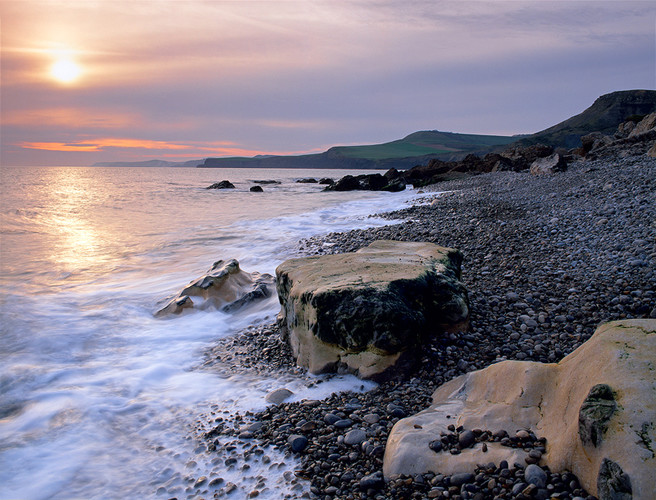 You only started photography in the last five or six years, what started you off? (ignore this if it’s answered the in the last question.)
You only started photography in the last five or six years, what started you off? (ignore this if it’s answered the in the last question.)
I was inspired to explore landscape photography after viewing the work of a very good friend of mine, Stoo Batchelor. Stoo has been a traditional Black and White landscape photographer for many years but I had never really paid much attention to his photography until I had a chance to view his work and I was hugely impressed. I knew I didn't want to venture down the Black and White route but wondered what I could achieve in colour, hence the seeds were sown.
Tell me about why you love landscape photography?
Like most landscape photographers, I have a passion for being outside in the countryside and revel in the anticipation of discovering a fantastic vista or detail lit up by wonderful light. I usually photograph on my own and find this enables me to "connect" with the landscape I find myself in.
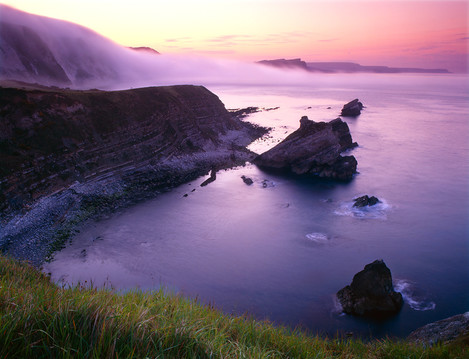 Additionally, landscape photography is fantastic "therapy"; when going through the process of taking a photograph no other thought enters my mind, all day to day issues and worries are forgotten.
Additionally, landscape photography is fantastic "therapy"; when going through the process of taking a photograph no other thought enters my mind, all day to day issues and worries are forgotten.
Could you tell us a little about the cameras and lenses you typically take on a trip and how they affect your photography
As mentioned, until recently I was using a Bronica EtrSi with 50, 60, 75 and 150mm lenses for my photography, with my Minolta Dynax 7 with it's excellent 2% spot doubling up as my meter. My Bronica was my first move into medium format photography and what an amazing improvement it was over 35mm.
Currently, though the Bronica has been replaced by my Mamiya C330S Pro with 55mm and 80mm lenses. The camera is a joy to use particularly as you have no need for "mirror up" meaning you have no blacked out view finder so you can see exactly what is happening at the time the shutter is tripped, great for fast moving light! It is difficult to explain but I find composing in the square format far more natural for me than any other format I have tried.
You spent a lot of time in your youth cycling and running, do you have any urge to combine the two?
If you mean cycling and running then no, but I have often found myself literally running to a location laden with backpack and tripod to catch a fleeting moment of light.
Tell me what your favourite two or three photographs are and a little bit about them.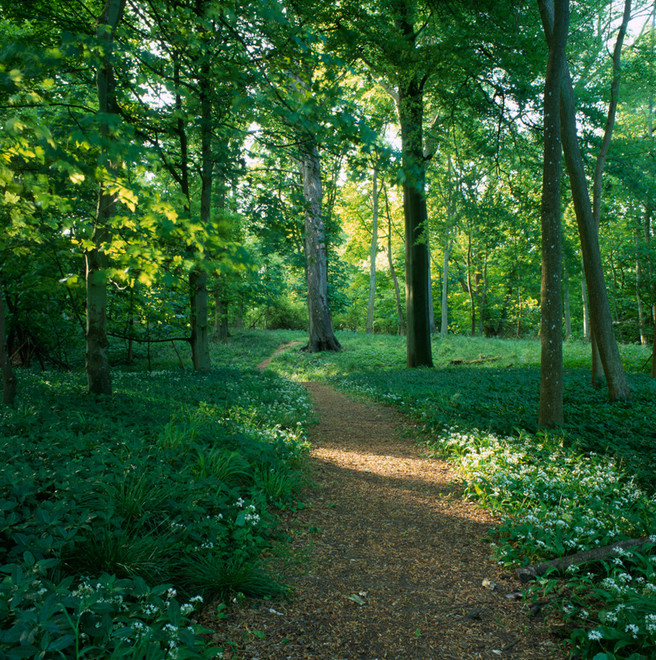
Ashridge 6x6, my first square format image. The light was fantastic and the feel and detail in the final print are fantastic. Unfortunately, this is somewhat lost in the web image.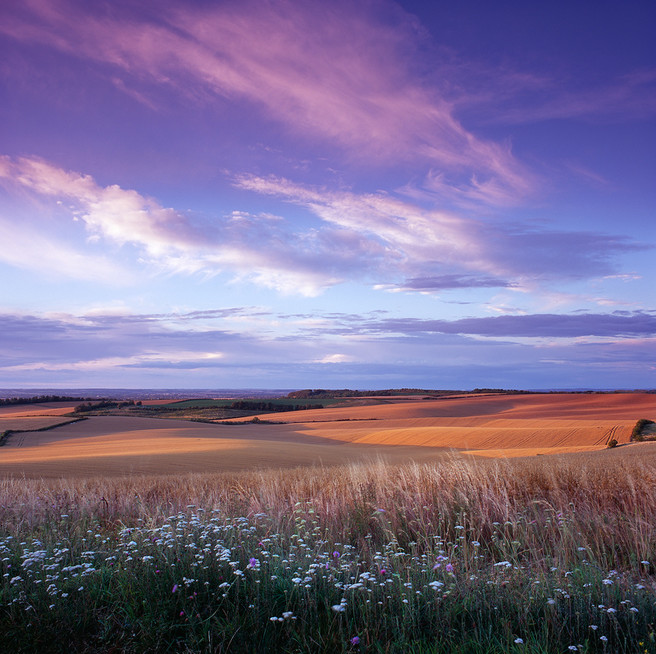
Coombe Road View 4, this is one of the rare images that I had pre-visualised before taking the shot. I was over the moon that the sky and light developed just as I had hoped.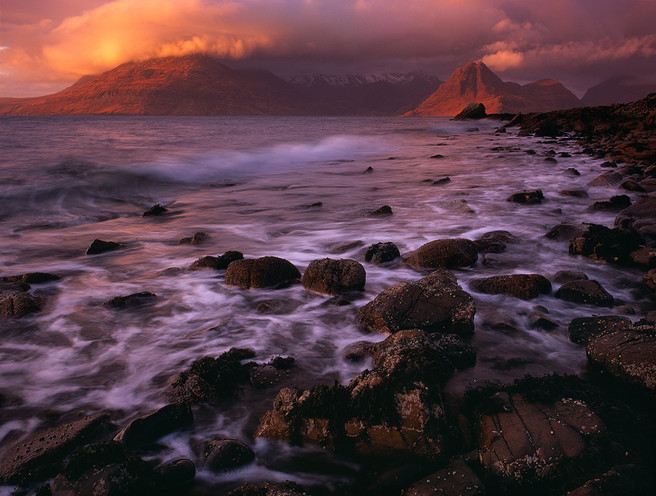
Elgol, taken on a family trip to Scotland in January earlier this year. It was a frantic drive down to Elgol with the light developing all the time with me fretting that I was going to lose it. However, I arrived just in time to be greeted with the Cuillins lit up with stunning clouds giving the impression of volcanoes. Who says landscape photography is relaxing!
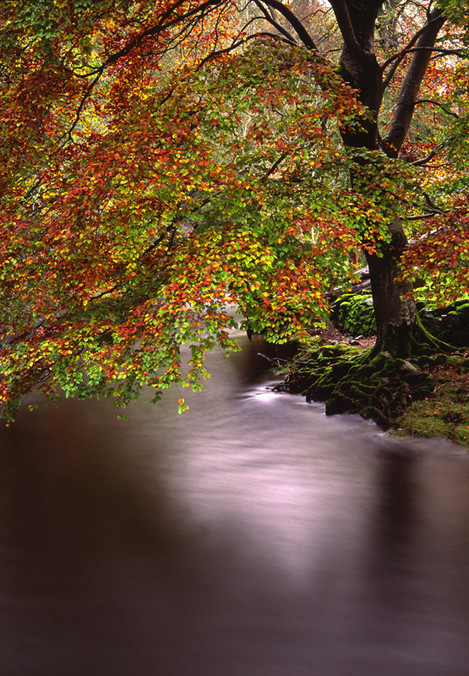 What sort of post processing do you undertake on your pictures? Give me an idea of your workflow…
What sort of post processing do you undertake on your pictures? Give me an idea of your workflow…
I scan my transparencies on an Epson V750Pro using Silverfast @ 6400dpi as a raw file. This file is imported into Photoshop and downsized to 3200dpi. A curves adjustment is then applied to remove the slight magenta cast that the Epson introduces. Levels are applied to set the black and white points. The image is then sharpened but only to bring back the original sharpness as documented by Jeff Schewe at Pixel Genius.com. Any adjustment in colour, contrast etc are then made to match the original transparency and how I remember the subject at the time it was taken. If printing, the image a final contrast adjustment is made using the gradient mask on the luminosity channel. The image is then sized to the dimensions required and then sharpened using the High Pass filter.
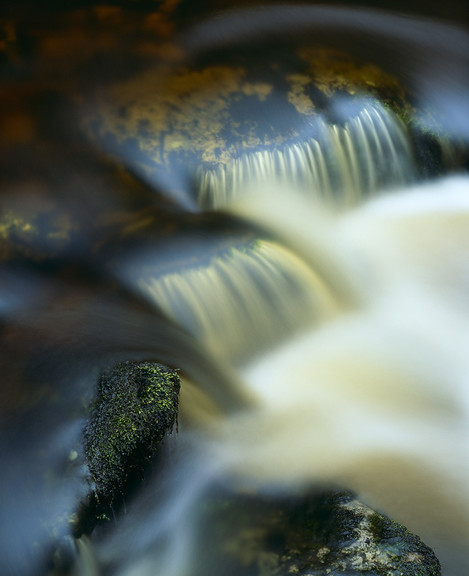 Tell me about the photographers that inspire you most. What books stimulated your interest in photography and who drove you forward, directly or indirectly, as you developed?
Tell me about the photographers that inspire you most. What books stimulated your interest in photography and who drove you forward, directly or indirectly, as you developed?
Top of the list will be Joe Cornish, he is a "legend". I have his "With Landscapes in Mind" DVD and the one thing that struck me is how calm (on the outside anyway) he seems to be in his approach to taking a photograph.
Another photographer who inspires me is Peter Watson. His work is very understated but very real.
Both photographers have produced fantastic and very approachable books from which I have learnt a great deal.
As I print all my work one book I have found invaluable and can highly recommend is George DeWolfe's Digital Photography Fine Print Workshop. Superb!
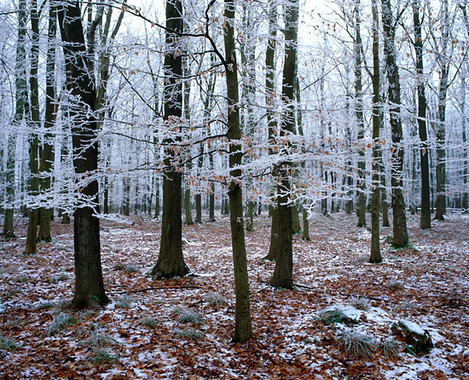 If you were told you couldn’t do anything art/photography related for a week, what would you end up doing (i.e. Do you have a hobby other than photography..)
If you were told you couldn’t do anything art/photography related for a week, what would you end up doing (i.e. Do you have a hobby other than photography..)
There is only one answer to this, spending time with my wife and 2 year old son!
What sorts of things do you think might challenge you in the future or do you have any photographs or styles that you want to investigate? Where do you see your photography going in terms of subject and style?
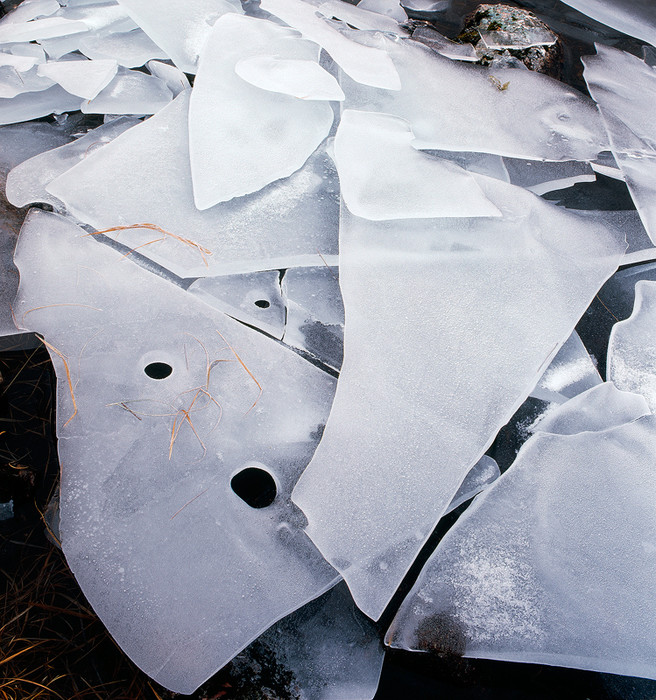
I live in Hertfordshire which is somewhat lacking when it comes to landscapes so my challenge will be to find new and interesting viewpoints and subjects in my home county. I frequently photograph in Ashridge Forest and have recently been inspired by the work of Tim Smalley and his Ashridge Trees project.
Regarding my approach to taking photographs, I still have the bad habit of getting too excited about a shot and not taking my time to make sure I'm getting the best I possibly can from the subject be it composition, exposure etc. I am getting better though!
Who do you think we should feature as our next photographer?
Leen Hoencamp, a photographer I follow on Flickr. Lovely subtle and well presented work.

